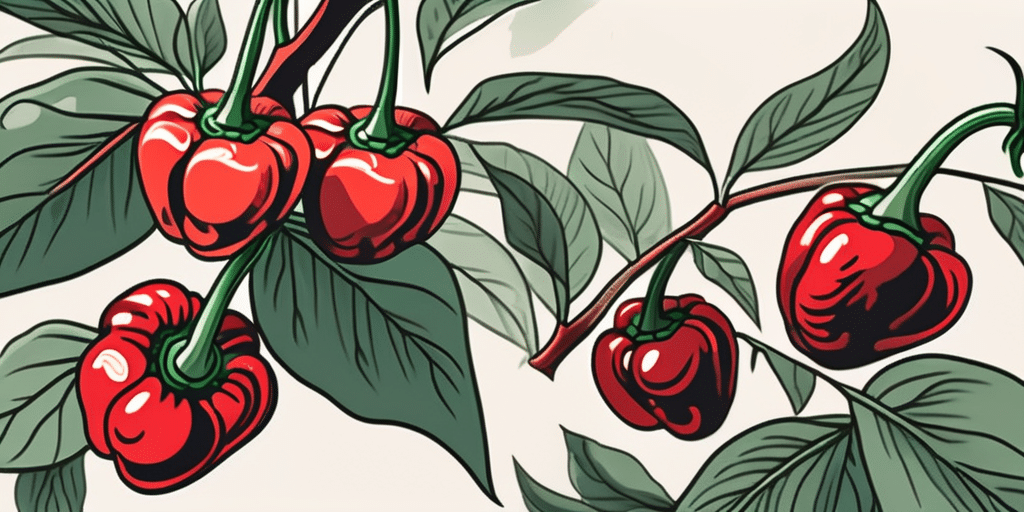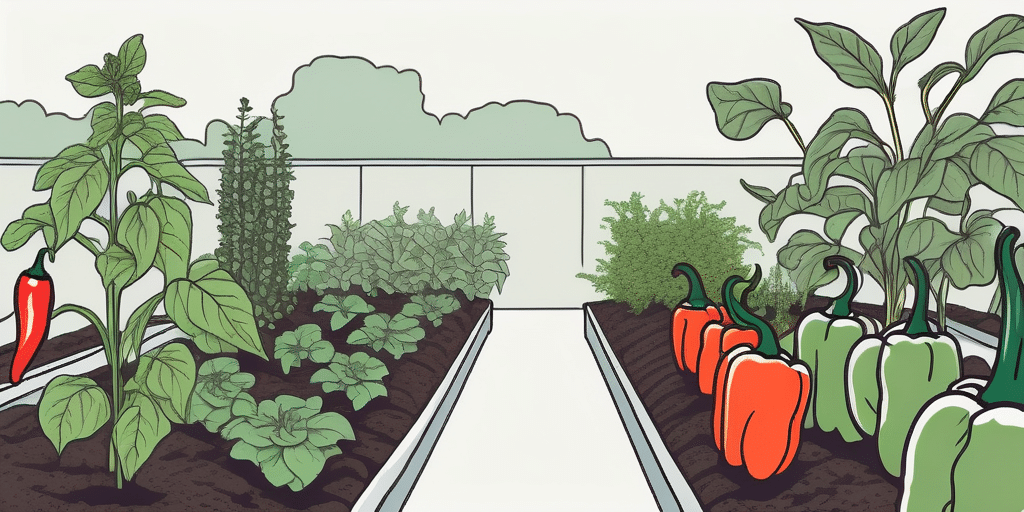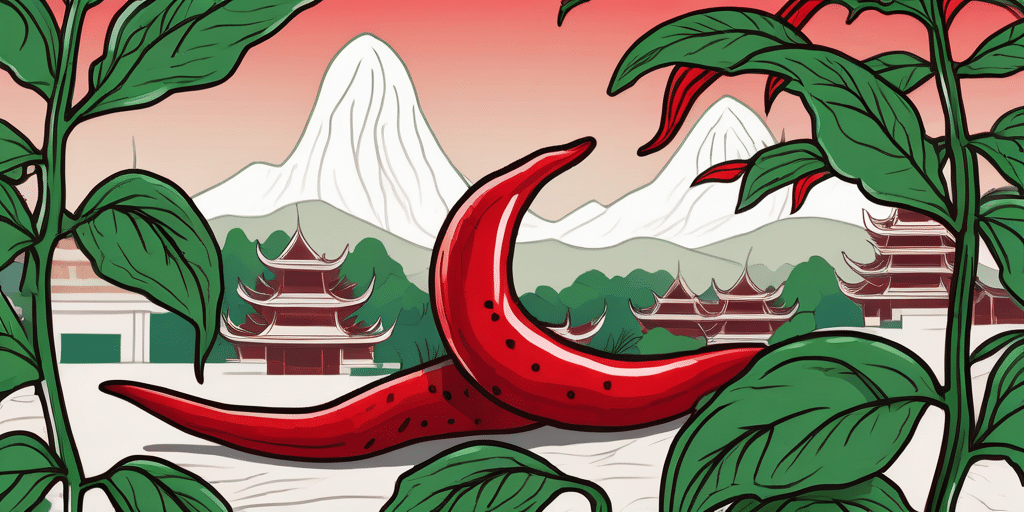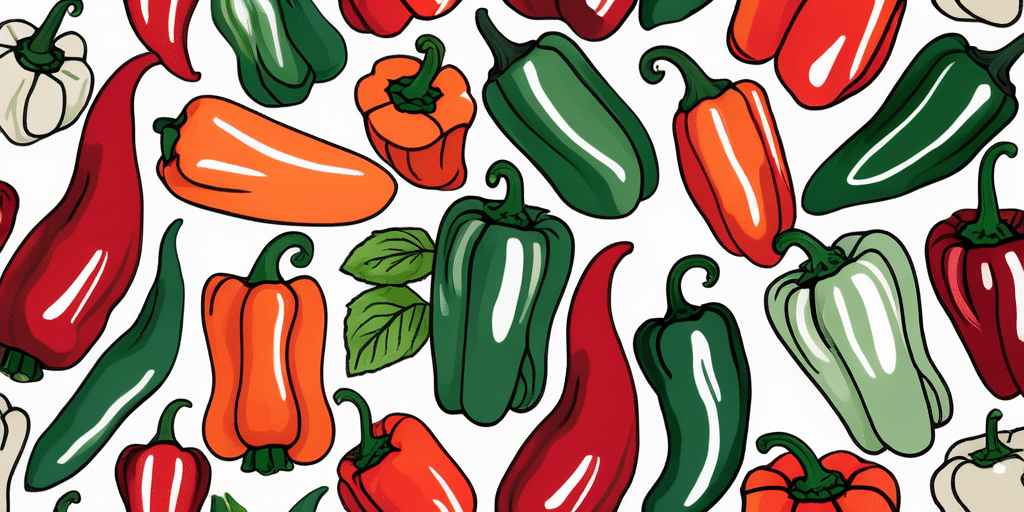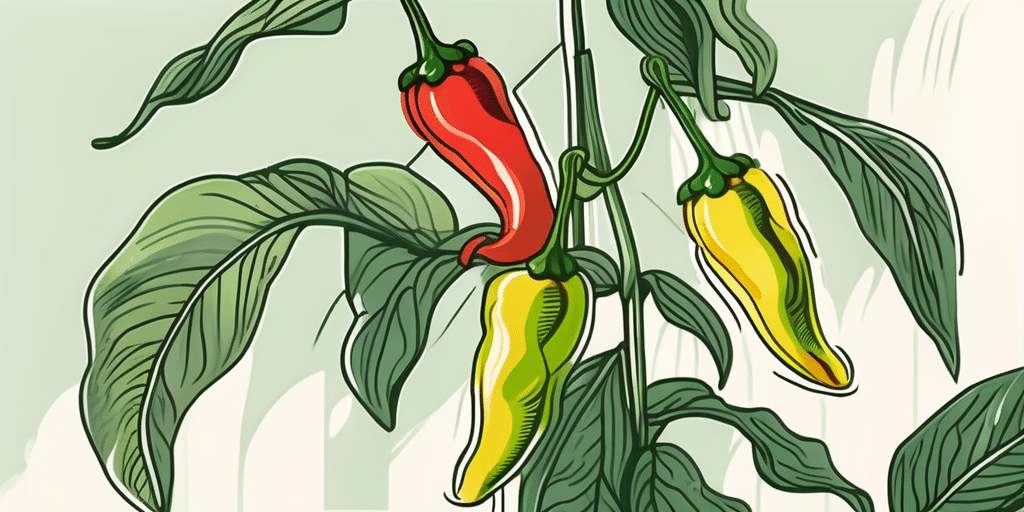Jalapenos are one of the most popular peppers in the world, known for their distinctive spicy flavor. Whether you’re a beginner gardener or a seasoned pro, growing jalapenos can be a rewarding and enjoyable experience. In this comprehensive guide, we will take you through each step of the process, from understanding jalapeno plants to harvesting and storing your peppers for maximum freshness. So let’s dive in and learn how to grow jalapenos!
Understanding Jalapeno Plants

Jalapeno plants are native to Mexico and are a member of the Capsicum annuum species. These plants are relatively easy to grow and can thrive in a variety of climates. Understanding the origin and characteristics of jalapenos is essential for ensuring successful cultivation.
The Origin and Characteristics of Jalapenos
Jalapenos originated in Mexico and are named after the city of Jalapa. They are small to medium-sized peppers, typically measuring between two to three inches in length. Jalapenos have a tapered shape, starting with a thick base and gradually narrowing towards the tip. The skin of jalapenos is smooth and glossy, with a vibrant green color when unripe, which matures into a deep red hue when fully ripe.
When it comes to flavor, jalapenos are known for their unique combination of heat and tanginess. The heat of jalapenos is measured on the Scoville scale, which quantifies the spiciness of chili peppers. Jalapenos typically range from 2,500 to 8,000 Scoville Heat Units (SHU), making them moderately spicy compared to other chili peppers. This level of heat adds a pleasant kick to various dishes without overwhelming the taste buds.
In addition to their flavor, jalapenos also have a distinct aroma. When you slice into a fresh jalapeno, you’ll notice a pungent and slightly sweet scent that adds depth to the overall sensory experience.
The Nutritional Value of Jalapenos
Aside from being known for their spicy kick, jalapenos also offer a range of nutritional benefits. These peppers are low in calories and are a good source of vitamins and minerals. They contain high levels of vitamin C, as well as vitamin A, vitamin K, and various B vitamins. Jalapenos also contain minerals like potassium and magnesium.
Vitamin C is an essential nutrient that plays a crucial role in supporting a healthy immune system. It acts as an antioxidant, helping to protect cells from damage caused by harmful free radicals. Vitamin A is important for maintaining healthy vision, while vitamin K is necessary for blood clotting and bone health. The B vitamins found in jalapenos, such as folate and niacin, are involved in energy production and the maintenance of a healthy nervous system.
In addition to vitamins, jalapenos also provide dietary fiber, which is important for digestive health. Fiber helps regulate bowel movements and promotes a feeling of fullness, which can aid in weight management. Furthermore, the capsaicin compound found in jalapenos has been linked to potential health benefits, including pain relief, improved metabolism, and reduced inflammation.
Preparing for Planting
Before you start planting jalapenos, there are a few essential factors to consider. Choosing the right time to plant, selecting ideal soil conditions, understanding the importance of sunlight, and providing proper care will set the stage for healthy and thriving plants.
Choosing the Right Time to Plant
Jalapeno plants thrive in warm temperatures, so it’s crucial to wait until the last frost has passed before planting them outdoors. In most regions, late spring to early summer is the best time to plant jalapenos. This timing ensures that the soil has warmed up sufficiently, creating optimal conditions for germination and growth. For indoor cultivation, you can start seeds earlier to give them a head start before transferring them to larger pots or your garden.
When selecting the right time to plant, it’s also important to consider the local climate and weather patterns. Keep an eye on the forecast and avoid planting during periods of extreme heat or cold, as these conditions can stress the plants and hinder their growth.
Selecting the Ideal Soil Conditions
Jalapeno plants grow best in well-draining soil that is rich in organic matter. Sandy loam or loamy soil is ideal for jalapenos as it provides a good balance of drainage and moisture retention. Before planting, prepare your soil by adding compost or well-rotted manure to improve its fertility and drainage. This organic matter will not only enhance the soil structure but also provide essential nutrients for the plants.
It’s recommended to conduct a soil test to check the pH level; jalapenos prefer slightly acidic soil with a pH ranging from 6.0 to 6.5. If the pH level is too high or too low, you can adjust it by adding amendments such as sulfur or lime. Maintaining the right pH level ensures that the plants can efficiently absorb nutrients from the soil, promoting healthy growth and fruit production.
Understanding the Importance of Sunlight
Sunlight is crucial for the growth and development of jalapeno plants. They require a minimum of 6 hours of direct sunlight each day to thrive. Before planting, choose a location in your garden that receives ample sunlight. Observe the area throughout the day to ensure that it isn’t shaded by trees, buildings, or other structures that may obstruct sunlight.
If you’re growing jalapenos indoors, consider using grow lights to ensure they receive enough light. Position the grow lights at an appropriate distance from the plants to mimic the intensity and duration of natural sunlight. Providing the right amount of light will promote strong and sturdy stems, healthy foliage, and abundant fruit production.
In addition to sunlight, jalapeno plants also benefit from a gentle breeze. A light breeze helps to strengthen the stems and prevent the buildup of moisture, reducing the risk of fungal diseases. If you’re growing jalapenos indoors, you can simulate a gentle breeze by using a small fan set on a low setting.
By understanding the importance of sunlight and providing the right conditions, you’ll create an environment that encourages the optimal growth and productivity of your jalapeno plants.
Planting Process

The planting process is an exciting step in growing jalapenos. From germinating seeds to transplanting seedlings, each stage requires specific care to ensure successful growth.
Germinating Jalapeno Seeds
Start by filling seed trays or small pots with seed-starting mix. Moisten the soil and gently press the seeds into the surface, spacing them about an inch apart. Cover the tray with a plastic dome or plastic wrap to create a greenhouse-like environment. Place the tray in a warm location, preferably around 75 to 85 degrees Fahrenheit. Jalapeno seeds typically germinate within 7 to 14 days.
Transplanting Jalapeno Seedlings
Once the seedlings have developed their first true leaves, they are ready to be transplanted into larger pots or your garden. Choose a location that offers plenty of sunlight and enough space for the plants to grow. Dig a hole slightly larger than the size of the seedling’s root ball and carefully transfer it, making sure not to damage the roots. Gently firm the soil around the plant and water well.
Caring for Your Jalapeno Plants
Proper care is essential for the healthy growth and productivity of jalapeno plants. This includes proper watering and fertilizing techniques, as well as effectively managing pests and diseases that may affect your plants.
Watering and Fertilizing Techniques
Jalapenos need regular watering to thrive, especially during hot and dry periods. Water deeply, ensuring the soil is evenly moist. Avoid over-watering, as it can lead to root rot. Applying a balanced fertilizer once every 4-6 weeks can provide the necessary nutrients for healthy plant growth. Opt for a slow-release organic fertilizer or a water-soluble fertilizer diluted according to the package instructions.
Dealing with Pests and Diseases
Like any plant, jalapenos are susceptible to pests and diseases. Common pests that can affect jalapenos include aphids, spider mites, and pepper maggots. Regularly inspect your plants for any signs of infestation, and take appropriate measures such as using insecticidal soap or introducing beneficial insects to control the pests. Proper sanitation and crop rotation are also essential in preventing the spread of diseases like bacterial spot or powdery mildew.
Harvesting and Storing Jalapenos
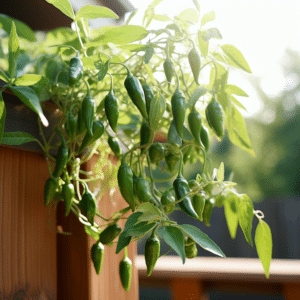
After months of care and attention, it’s time to harvest your jalapenos. Knowing when and how to properly store your peppers will ensure they stay fresh and flavorful for an extended period.
Knowing When to Harvest
Jalapenos can be harvested at various stages of maturity, depending on your preference. For green jalapenos, harvest them when they reach their full size, usually around 2 to 3 inches in length. To harvest red jalapenos, leave them on the plant until they turn completely red. The longer jalapenos stay on the plant, the hotter they will become.
Properly Storing Jalapenos for Longevity
To extend the shelf life of your harvested jalapenos, store them properly. Place unwashed peppers in a paper bag or a perforated plastic bag and store them in the refrigerator. Jalapenos can stay fresh for up to two weeks when refrigerated. Alternatively, you can freeze jalapenos by slicing them, removing the seeds, and storing them in an airtight container or freezer bag.
Now that you’ve learned the ins and outs of growing jalapenos, it’s time to put your knowledge into practice. With a little patience and care, you’ll soon be enjoying the spicy goodness of homegrown jalapenos in your favorite dishes. Happy growing!

